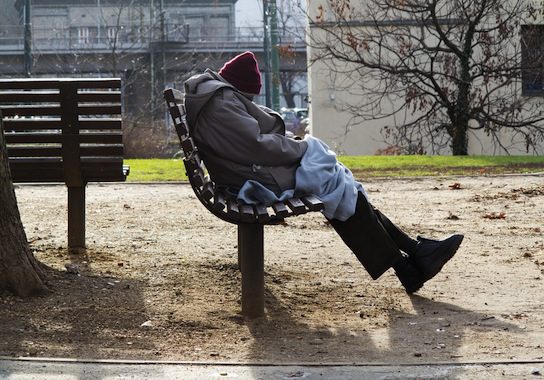Words on the Street

“Words on the Street” highlights the best writing on urbanism we’ve encountered this week. Post tips at @NewUrbs.
The Nation’s Major Metro Areas Show Uneven Progress Against Poverty in 2015 | Elizabeth Kneebone and Cecile Murray, Brookings
In most of the metro areas that saw poverty rates fall (27), the number of people living in poverty also decreased. But for seven Sun Belt metro areas—including regions like Houston, Phoenix, and Orlando, Florida—declines in the poverty rate reflected a fast-growing total population, rather than a shrinking poor population.
Only two of the top 100 metro areas saw poverty continue to grow in 2015. Both the number of poor residents and the poverty rate rose significantly in the Little Rock, Arkansas, and Tulsa, Oklahoma, regions over the course of the year. In the end, the poverty rate registered no significant change in almost two-thirds of the nation’s largest metro areas in 2015.
Pittsburgh Seems Cool, But Its Numbers Aren’t So Hot | Justin Fox, Bloomberg View
One inevitable reality that a Rust Belt city such as Pittsburgh has to contend with is that the nation’s population has for decades been shifting to the South and the West, and is still shifting that way. Before 2008, according to Christopher Briem, an economist at the University of Pittsburgh, more people had moved out of the Pittsburgh metropolitan area than moved in almost every year since World War II. The result is a metro area population that skews old (17.2 percent of the population was 65 or over in 2011, compared with 13.2 percent nationwide) and is among the country’s least diverse.
Lone Star Quartet | Aaron M. Renn, City Journal
[U]nlike California, whose cities have refocused on elite priorities at the expense of middle-class occupations, Texas offers a complete spectrum of economic activities in its metros. Another key difference is that Texas cities have mostly embraced pro-development policies that have kept them affordable by allowing housing supply to expand with population, while California’s housing prices blasted into the stratosphere due to severe development restrictions. Texas cities also benefit from favorable state policies, such as the absence of a state income tax and a reasonable regulatory and litigation environment. These factors make Texas cities today what California’s used to be: places to go in search of the American dream.
A Glorified Sidewalk, and the Path to Transform Atlanta | Richard Fausset, New York Times
ATLANTA — Could this traffic-clogged Southern city, long derided as the epitome of suburban sprawl, really be discovering its walkable, bike-friendly, density-embracing, streetcar-riding, human-scale soul?
The answer is evident in the outpouring of affection that residents here have showered on the Atlanta BeltLine, which aims to convert 22 miles of mostly disused railway beds circling the city’s urban core into a biking and pedestrian loop, a new streetcar line, and a staggeringly ambitious engine of urban revitalization.
The Ugly Choice American Cities Face | Emily Badger, Washington Post
[I]t will be very difficult for cities to grow denser in the coming years, despite rising worries about the environmental costs of sprawl and the individual toll of commuting. … [C]ities produce new housing in proportion to their rate of outward expansion. Metros that spread out the most add the most housing, and have kept their housing costs in check as a result. Metros that have resisted sprawl (like Portland, which has an urban growth boundary, or San Francisco, which is hemmed in by mountains and water) haven’t built much.
Comments